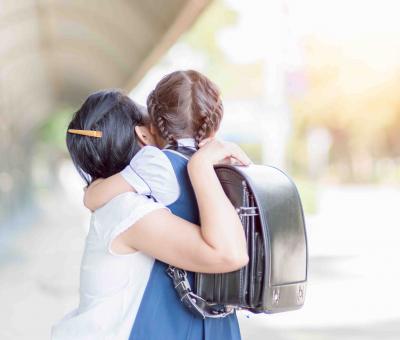As primary caregivers, parents play a vital role in teaching and reinforcing skills and strategies to help keep their children safe. Whilst it can be confronting, being proactive and discussing personal safety will help to empower your children to respond confidently in unsafe or difficult situations.
 What can I do?
What can I do?A simple strategy for parents is to create a safety plan with your child. This plan will help your child to know what to do in situations where they feel unsafe and to know where and how to seek help from a trusted adult.
In addition to knowing their body’s ‘early warning signs’, your child should be able to identify adults, in addition to their parents, that they trust and feel comfortable to turn to for help. These trusted adults form part of their ‘safety network’.
Follow these simple steps to create a safety plan with your child: